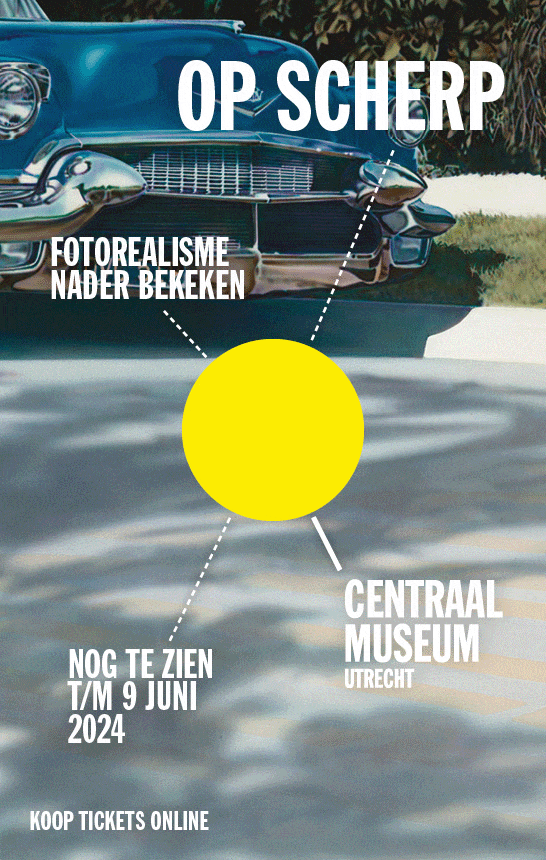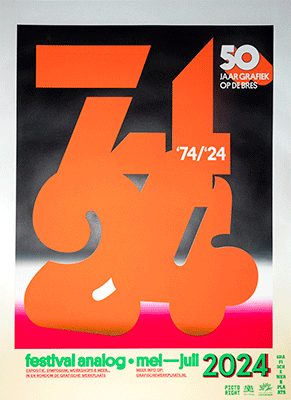Natalia Calderón
Natalia Calderón
MaHKU, Utrecht
Through mapping, Mexican artist Natalia Calderón (1984) researches the imprints and scars that are left behind in the urban landscape, studying space as a social construction. MaHKU provided an important basis for her current PhD research in Barcelona.
Why did you choose to do a master?‘I wanted to contextualize my practice in a theoretical sphere, and relate what I was doing to the contemporary art scene. MaHKU had a very clear and interesting curriculum, especially for areas such as presentation and representation. I looked at several different master’s programmes, but I liked MaHKU best. The fact that it was a programme with only a few students, was attractive for me, coming from a highly populated university (UNAM) in Mexico City.’
How would you characterize MaHKU?‘From my perspective, the master focuses on the link between practice and theory. One cannot happen without the other, and therefore the context or space is very important to consider in any production. I’m not only referring to physical space but sphere.’
Was it intense?‘Very intense. It was a full-time 12-month programme. Coming from abroad and having a one-year opportunity to study, without your everyday duties, I aimed at making the best of my short time in the Netherlands.’
Do you have any fond memories of the tutors?‘I regard Klaas Hoek to be a pillar during my studies. He was a supportive and challenging teacher who helped me construct a critical and confident approach to my work. Tiong Ang’s advice always helped to position my work in relation to contemporary art, always from a personal approach. Henk Slager introduced me to great literary sources, and encouraged me to produce theory and practice at the same time. MaHKU makes an effort for their students to get involved in “real” projects. For instance, we were invited to Jeanne van Heeswijk’s Blauwe Huis in Amsterdam where Eun Hyung Kim and I developed the community art project Air Out Your Dirty Laundry.’
You are currently participating in a PhD programme in Barcelona.‘Yes, I want to examine art as an educational space, and the importance of art in providing learning tools for artists and the public. The production of knowledge is a central concern for me in artistic research. I study the limits and relations between art and pedagogy. Even though I would consider the programme that I’m in a continuation of my interests, it is not practice-based. The differences between both programmes would be their focus; MaHKU’s is on artistic research production, whereas Barcelona University deals with pedagogical and theoretical priorities. MaHKU offered a guided and supported training, and in the PhD I experience a more individual or personal approach.’
Did the master give you a different mind-set?‘Yes, absolutely! I came from a traditional academic background, and was confronted with a more open and contemporary sphere. MaHKU supported me and continues being supportive even now, four years after graduation. MaHKU’s education transcends the institutional walls of the one-year programme. They, or “we” (as I consider myself part of the MaHKU community) consider education far beyond curricula and to be a way of living: learning and teaching.’






















